Ponchos, a warm embrace
Ponchos are recognized worldwide as a stylish versatile pieces to layer and embrace the changes of every season.
It is a well-known sleeveless garment with unsewn sides and a space for the head to pass through, has its origins in South America along the Andes Mountains.
Poncho Tiklla by Timoteo Ccarita
This asymmetrical poncho, a piece of wearable art, features design that represent potato flowers, poppy flowers, llama traces, lagoons, and the fortress of Sacsayhuaman.
Technically, the poncho has 4 fields of discontinuous warp, representing the political division of the Inca state. Those four parts and colors refer to the 4 suyos or regions of the Tawantinsuyo, Inca empire.
Made with hand spun alpaca and woven on a back strap loom, the colors are achieved using ancestral knowledge to extract hues from plants, minerals and even the juice from tiny squashed insects which produce a bright red color.
Size 180 x 142 cm
100% Alpaca
Made to order in 80 days
It is believed that the etymological source of the word Poncho comes from the Quechua word Punchu. The poncho or “punchu” is an outer layer designed to keep the body warm, dry and protected it from the sun. It has a geometric shape and a cut to put the head through, with no sleeves to give you free movement.
Poncho Pastor Grey by Timoteo Ccarita
This poncho is made with traditional designs worn by the shepherds from the Andes. Alpacas can achieve more than 20 hues that go from white to grey, tan, black, brown and beige.
For this piece, alpaca wool is sheared from the animal and hand spun into yarn with a spindle, which is suspended in the air and twirled until the yarn is strong enough to tolerate the strains of weaving. Then it is handwoven for days with a blackstrap loom.
Size 180 x 146 cm
100% Alpaca
Made to order in 60 days
Ponchos were discovered in Paracas, which is a pre-Inca culture. The Paracas region is south of Lima along the coast and was a great example of how textiles were valued above most other things. In their culture textiles were worn to indicate status and authority. Ponchos were also used as offerings during burial ceremonies. Paracas culture gave a lot of importance to the articles that should be kept with the mummies, so when the time came to be reborn they would have their most priceless articles such as textiles, ceramics, precious stones, jewelry, in the afterlife. Uncovered textiles from the region have been found including the brightness of their colors intact even after 2,000 years.
"Poncho Pastor Brown" by Timoteo Ccarita
This is poncho is made with traditional designs worn by the shepherds from the Andes. Alpacas can achieve more than 20 hues that go from white to grey, tan, black, brown and beige.For this piece, alpaca wool is sheared from the animal and hand spun into yarn with a spindle, which is suspended in the air and twirled until the yarn is strong enough to tolerate the strains of weaving. Then it is handwoven for days with a blackstrap loom.
Size 180 x 146 cm
100% Alpaca
Made to order in 60 days
My very best wishes and happy shopping,
Marisol Mosquera




